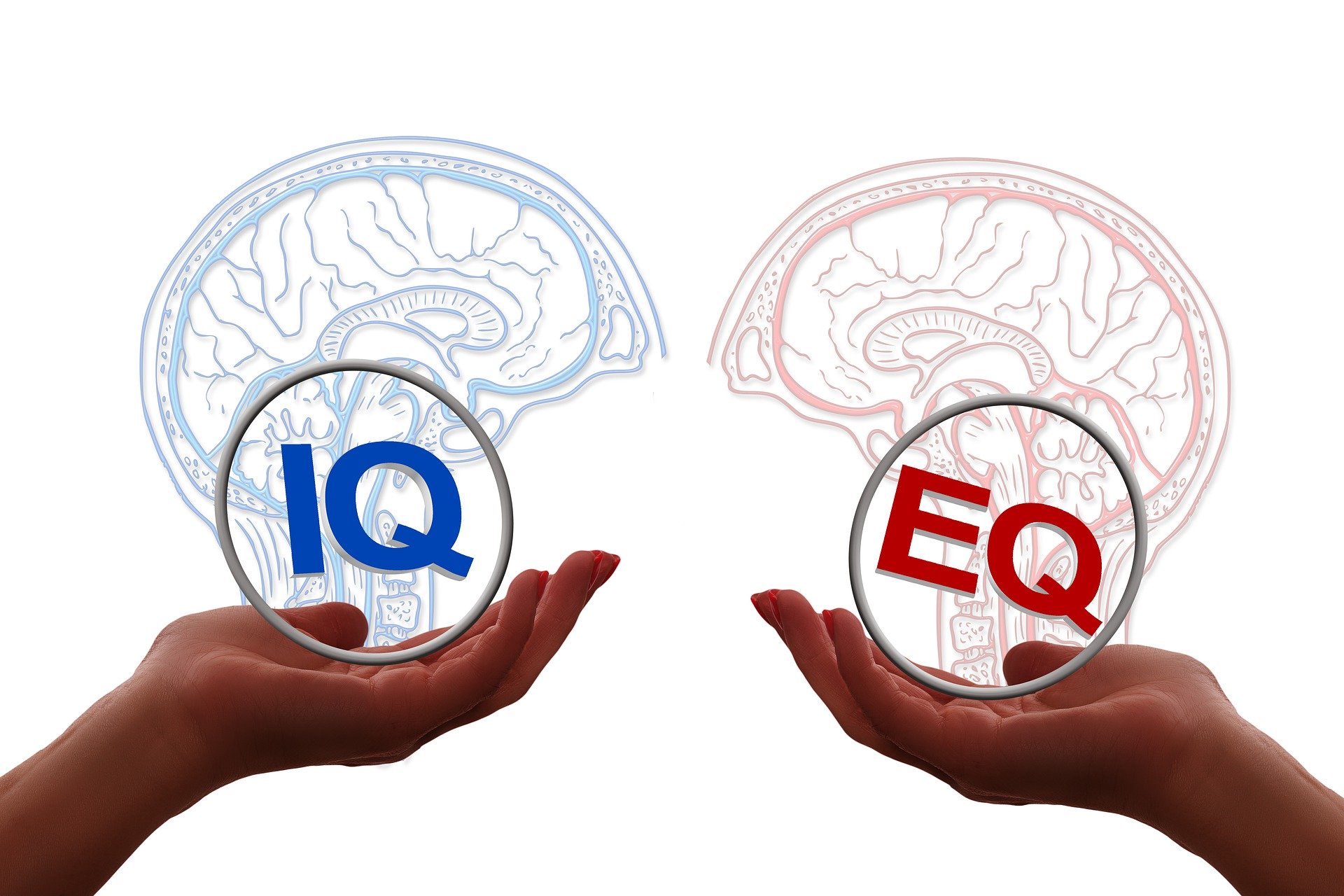How important is innovation in your organisation? You’re missing out on revenue and growth if it is not one of your top three objectives!
Innovation isn’t just a buzzword; it’s a critical component of success. Companies that embrace innovation consistently outperform their competitors, adapt to changing market conditions, and create sustainable growth.
To truly ignite innovation, organizations must foster a culture of creativity and continuous improvement. In this blog post, we’ll explore the importance of this culture and provide insights, statistics, and real-world examples to help you cultivate it within your own company.
The Imperative of Innovation in Your Organisation
Innovation is not an option but a necessity. Customers rarely stay satisfied for long these days and are constantly looking for something better.
According to a PwC Global Innovation Survey, 80% of CEOs believe innovation is a key driver for business growth. This sentiment is supported by hard numbers: Companies that prioritize innovation are 50% more likely to outperform their peers over a ten-year period, as reported by McKinsey.
But what exactly is innovation? Wikipedia defines it as:
The practical implementation of ideas that results in the introduction of new goods or services or improvement in offering goods or services.
As you can see it has ideation as its foundation, which already gives an indication about nurturing it in organisations.
It is usually accepted that there are three main types of innovation: product innovation, process innovation, and business model innovation. Since I always try to take the customer’s perspective, we will be concentrating on product and, to a lesser extent, service innovation in this article.
So, how can you leverage the power of innovation in your organisation to drive growth, stay competitive, and future-proof your business? The answer lies in creating a culture that values creativity and continuous improvement.
Creating a Culture of Creativity
There are three main ways you can encourage more creativity in your business. Or should I say there are three ways to stifle creativity if you don’t follow these three rules?
Encourage Open Communication: Open and free communication is one of the cornerstones of a creative culture. Employees who feel heard and valued are likelier to share their ideas and insights.
In a study conducted by Gallup, organizations with high employee engagement were found to be 21% more profitable and 17% more productive than those with disengaged staff.
Engaged employees outperform their peers because they tend to be more innovative, and efficient, and have higher customer retention rates. This illustrates that a culture of creativity isn’t just about generating ideas; it’s about harnessing the collective intelligence of your workforce.
Example: Google is a great example of a company that has understood and embraced this concept. Their famous “20% time” policy, where employees are encouraged to spend 20% of their work hours on projects of their choosing, has led to innovations like Gmail and Google News.
Embrace Diversity: Diverse teams are more likely to generate innovative ideas. We all know that men and women … Click to continue reading

























